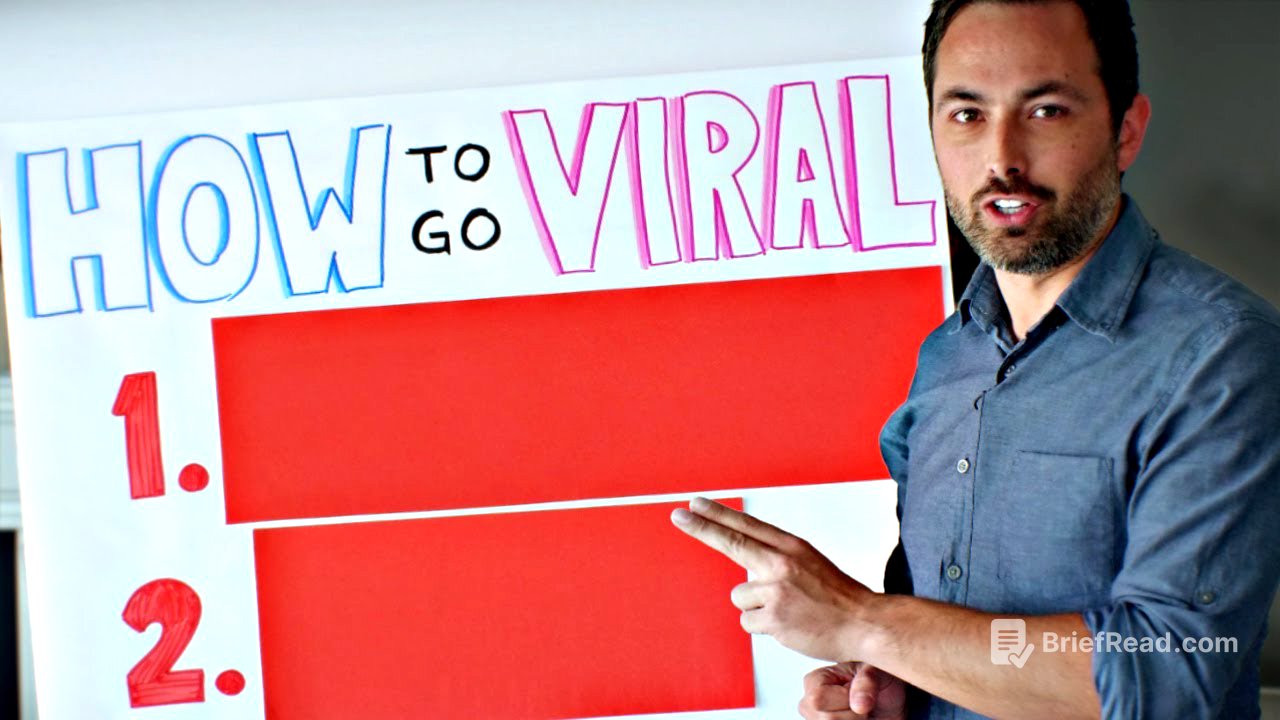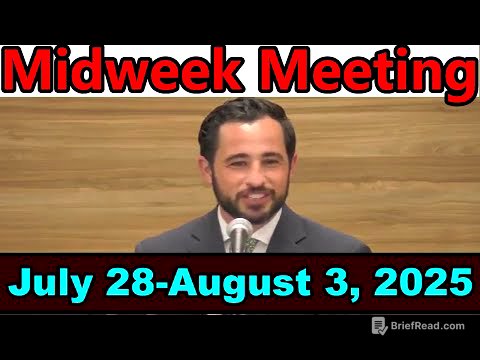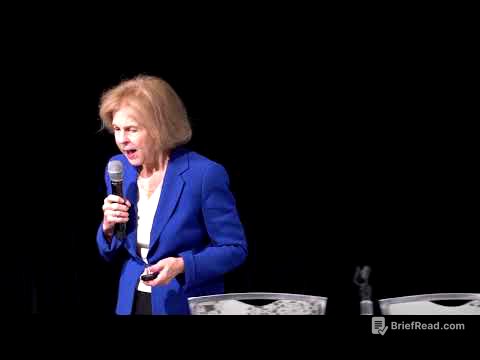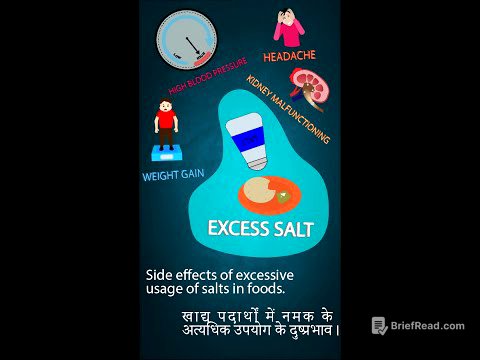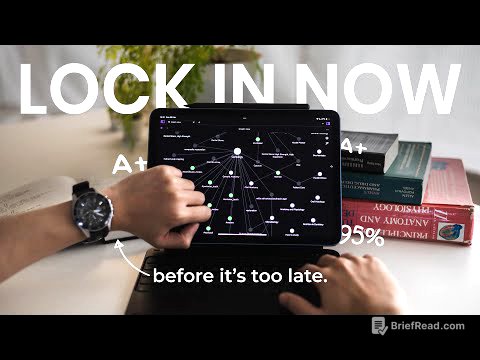TLDR;
This video discusses the phenomenon of YouTuber burnout and the factors contributing to it, particularly the YouTube algorithm. It explores how the algorithm's focus on click-through rate and watch time influences content creation, often leading to clickbait and sensationalism. The video also touches on the potential future of YouTube, where satisfaction and long-term engagement may become more important metrics.
- YouTuber burnout is linked to the pressure of chasing the algorithm.
- The algorithm prioritises click-through rate and watch time, encouraging clickbait.
- YouTube may shift towards valuing long-term satisfaction and engagement.
Introduction: The Viral Video and YouTuber Burnout [0:00]
The video aims to explain why a particular video went viral and connects this to the broader issue of YouTuber burnout. Many YouTubers have been discussing burnout, suggesting a common underlying factor. The presenter introduces a theory of everything related to YouTube, covering burnout and the reasons behind videos going viral.
The YouTuber Life Cycle and the Algorithm [0:26]
The typical YouTuber experiences initial success with rising views, followed by a decline despite increased effort. This discrepancy between expectations and reality contributes to burnout. While some YouTubers blame themselves for declining video quality, the presenter argues that the YouTube system itself is a significant factor. Google Trends data for channels like Veritasium, Numberphile, and AsapSCIENCE show similar patterns, suggesting the algorithm plays a crucial role.
The Algorithm's Influence and the Content Creator's Response [4:28]
The YouTube algorithm connects viewers to content they like, but creators also try to create content that appeals to the algorithm. This creates a situation where the algorithm effectively becomes the content. For example, YouTube could promote videos about snails, and creators would start making snail videos to capitalise on the trend. The presenter's video lengths have increased over time, not because YouTube mandated it, but because longer videos with longer watch times are promoted more.
The Impossibility of YouTube Expertise [7:56]
The algorithm is constantly changing, making it impossible to become a true YouTube expert. Expertise requires practice, timely feedback, and a reliable environment with consistent rules. YouTube provides the first two, but the ever-changing algorithm means the rules are always in flux. This leads to creators behaving like "caged pigeons," developing superstitious behaviours in an attempt to understand and exploit the algorithm, even when there's no real cause and effect.
The Shift Away from Subscriptions and the Rise of Sensationalism [10:43]
YouTube reduced the importance of subscriptions to promote growth on the platform. Previously, subscribers would see every video from a channel, creating a positive feedback loop for established channels. By reducing the emphasis on subscriptions, YouTube increased overall views and watch time. However, this shift moves YouTube towards a model similar to selling newspapers on the street, where sensationalism and clickbait are necessary to grab attention.
The Importance of Click-Through Rate [12:54]
MrBeast advised the presenter that viral videos require high watch time and a high click-through rate. A high click-through rate dramatically increases views and impressions, making the title and thumbnail crucial. Creators are optimising thumbnails, even photoshopping them onto screenshots of the YouTube homepage to see how eye-catching they are. The introduction of real-time click-through rate will likely intensify this arms race, with creators constantly swapping thumbnails to maximise engagement.
The Presenter's Plan and the Future of YouTube [16:38]
The presenter plans to continue making high-quality videos but will also choose more clickable topics and use clickbaity titles and thumbnails. This is seen as necessary for survival on the platform. The presenter encourages viewers to subscribe and ring the bell to receive notifications, reducing the need for clickbait. The presenter hopes YouTube will shift towards optimising for long-term, satisfied watch time, using metrics like return viewers and satisfaction surveys. This could lead to a future where click-through rate is no longer the dominant factor.
End Screen and Final Thoughts [23:16]
The presenter shares thumbnails for videos that aren't particularly clickbaity and encourages viewers to click them. The presenter also encourages viewers to subscribe to the channel.
